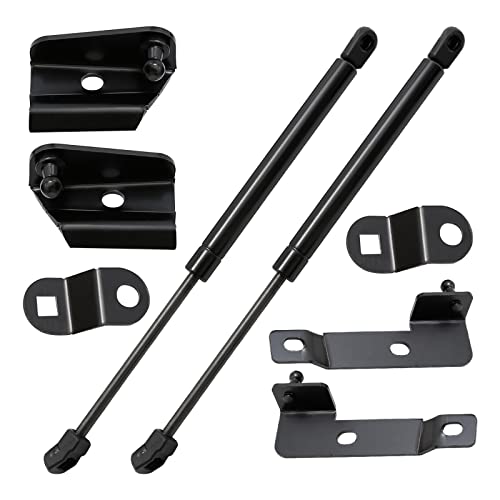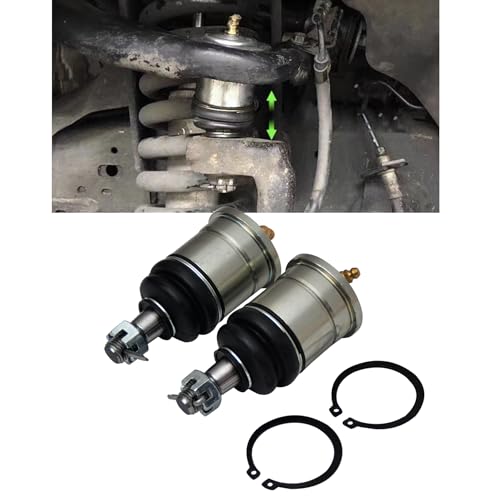The advantage in running both cables to the rear is that you remove the likelihood of any join in the cable from developing a fault (through corrosion or mechanical failure).
In my experience 6mm cable is not enough.
This cable from Jaycar might be more expensive but I've used it over a 6m run and saw my voltage loss fall by over a volt. That's important.
What happened was this: I had 6mm cable running from the battery to the fridge in my previous caravan - a run of about 6m. I'd measure voltage at the battery while the fridge was running and it would read (say) 12.6V. At the fridge, it would read 11.2V.
It only took a couple of hours for that to fall to below 11V and once that happened, the Waeco fridge turned off. That's not where the disaster ended.
As soon as the compressor stopped, the battery voltage rose (as you'd expect), the voltage seen on the end of the cable rose (no load any more, of course it would rise) and the fridge saw a good battery - and fired up the compressor again. Seconds later, it'd be back at the start.
The stop-start-stop-start resulted in a completely dead battery in a few hours, where it should have lasted for well over a day. The lesson - don't skimp on cable size. Voltage loss on the new cable was just 0.3V.
Things will be a little different for you while the engine is running because with 6mm cable and a battery surface voltage of 14.1V you'll still see about 13V at the fridge - it will be happy.
When you turn the car off though, you want the starter battery disconnected - so hopefully you're either using a relay activated by an ignition-on source or a Voltage Sensitive Relay (VSR).
Cheapest and easiest - the relay - is really quite easy to do. Almost any 12V relay will do the trick, a horn relay is fine (30A, more than enough). There are 4 connectors on the bottom of the relay with the numbers 30, 85, 86 and 87. We'll use all of them.
The connections are simple and go like this:
30 - via a fuse to battery positive.
87 - straight to the rear of the car
86 - straight to any earth source (even the battery negative if you must)
Pin 85 is going to connect to an ignition-on source. Somewhere in the engine bay you'll have a little box with fuses and relays in it. One of these will be OFF when the ignition is off and come ON when the ignition is on. Connect straight to it - don't worry about how much power it might use, the relay draws such a tiny amount of power the car won't notice and neither will any circuit you tap into.
Job done, sit back and let the fridge do its thang.

























